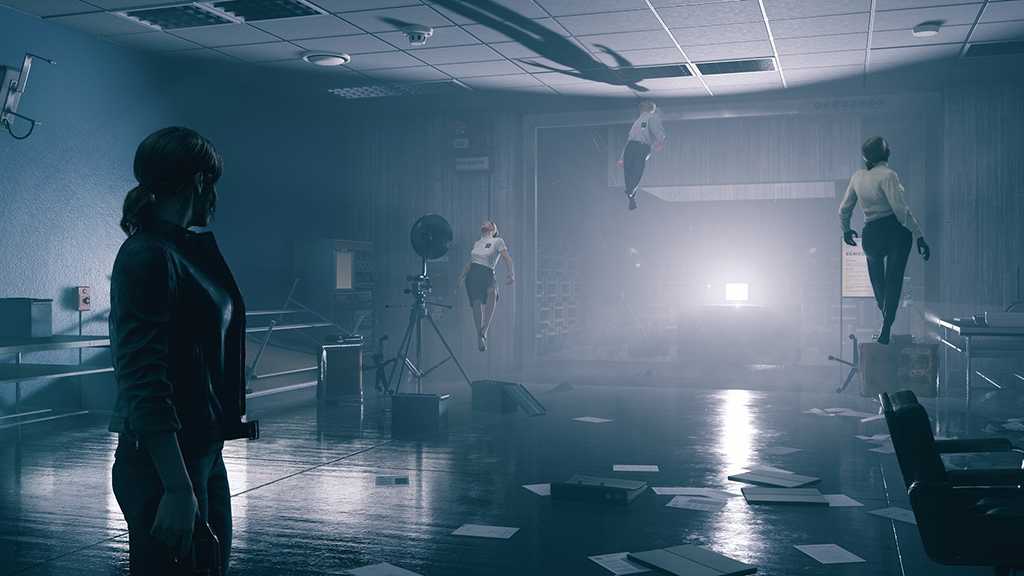Nvidia DLSS 2.0 is here, making Nvidia GeForce RTX cards an easy sell

Nvidia DLSS was one of the major parts of Nvidia's Turing architecture when it was announced way back in August 2018, but now Team Green has improved it in a major way.
Nvidia DLSS 2.0 is now here, and in a way, even has been since CES 2020. The new form of the technology that was showcased in Deliver Us the Moon and Wolfenstein Youngblood back at that huge tech show is now available for developers to shove into any new game.
- Here are the best graphics cards
- Check out the best processors
- There's a whole world of PC components out there
This new implementation, as we've already explored, looks way better than it did in the past, to the point where no one should avoid using this version of DLSS 2.0, even if you have the hardware to render your games at full resolution with all details maxed.
You won't even really need to wait to see this technology in games, either. We already mentioned that DLSS 2.0 is available in Wolfenstein Youngblood and Deliver us the Moon, but it's also being added to Control via its The Foundation DLC and Mechwarrior 5. And, you can bet that we'll be testing this new implementation out to see how it performs in these new titles.
DLSS 2.0 is easier for developers to access, and with a single network for all the machine learning, we should see a ton of new games featuring the technology – and we can't wait to see all the new DLSS-packed PC games.
How does it work?
DLSS, or Deep Learning Super Sampling, utilizes the power of Nvidia's Tensor cores to intelligently upscale games to a higher resolution using AI and machine learning. This means that your graphics card will be able to output at, say, 4K while only feeling the pressure of rendering at 1440p. This means that 4K gaming is way more affordable than it was before, as you won't need something like an Nvidia GeForce RTX 2080 Ti.
Before DLSS 2.0, however, there weren't many games that could leverage this awesome feature. You see, Nvidia's supercomputers had to undergo specific training for each game that implemented DLSS, which meant that it was labor- and data-intensive to get each game ready.
Sign up for breaking news, reviews, opinion, top tech deals, and more.
Now that's not the case anymore. Nvidia has been able to condense everything down into one DLSS network, which means Nvidia doesn't need to do per-game training anymore. Instead, there's a generalized algorithm that will allow any developer to implement the tech into their games.
We should be clear that, while this new implementation of DLSS means that it will be available in more games, it doesn't mean that it will be available in all games. Developers need to actively include the feature in their games, and if they choose not to for whatever reason, there's no way to activate it on the user's end. Unlike other graphics features Nvidia has implemented over the years, you can't force it through GeForce Settings in Windows.
Still, we assume that the fact that it is more easily implemented will mean that it will appear in more games in the future. With the PS5 and Xbox Series X specs looking like they'll really push for 4K gaming in the mainstream, mid-range GPUs like the Nvidia GeForce RTX 2060 are going to need all the help they can get to keep up.
- DLSS exists along with ray tracing

Jacqueline Thomas (Twitter) is TechRadar's former computing editor and components queen. She is fat, queer, and extremely online, and is currently the Hardware and Buying Guides Editor for IGN.